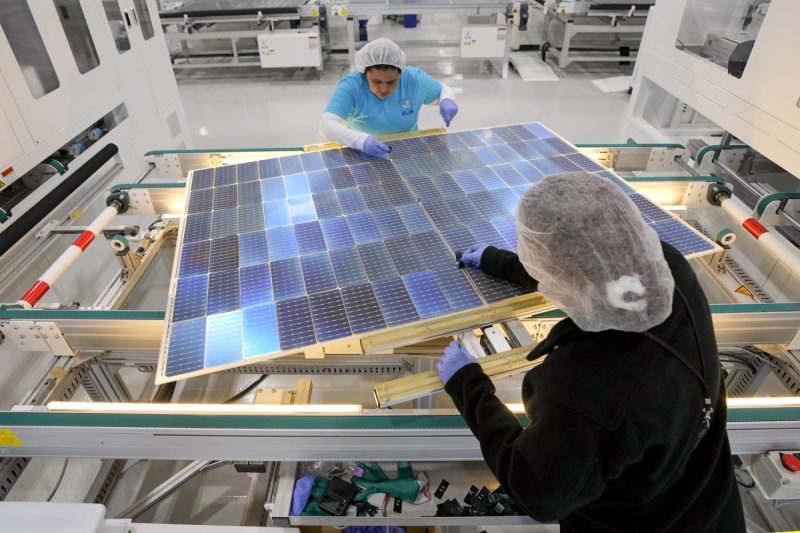The U.S. Labor Market is Shifting Toward Skilled Labor as White-Collar Hiring Slows
The dynamics of the U.S. labor market are undergoing a significant transformation as the demand for skilled labor continues to rise while white-collar hiring experiences a slowdown. This shift is indicative of a broader trend in the economy, driven by technological advancements, changes in consumer preferences, and evolving business needs.
One of the primary factors contributing to the increasing demand for skilled labor is the rapid pace of technological innovation. Automation and digitization have revolutionized industries across the board, creating a greater need for workers with specialized technical skills. As companies embrace digital transformation and incorporate artificial intelligence and robotics into their operations, the demand for employees who can effectively operate and maintain these technologies has surged.
Moreover, changing consumer preferences and market dynamics have also played a role in the rising demand for skilled labor. With the growth of e-commerce and the shift towards personalized services and products, businesses now require employees with highly specialized skills in areas such as data analysis, digital marketing, and e-commerce management. As companies seek to stay ahead of the competition and cater to the evolving needs of their customer base, they are increasingly turning to skilled labor to drive innovation and growth.
At the same time, the traditional model of white-collar employment is experiencing a slowdown. While positions in fields such as law, finance, and administration have long been seen as prestigious and stable career choices, changes in the economy and business landscape have led to a decrease in hiring for these roles. Factors such as outsourcing, the rise of freelance and gig economy opportunities, and increased automation have all contributed to a decline in demand for traditional white-collar jobs.
The shift towards skilled labor and away from white-collar roles has important implications for both workers and businesses. For workers, this trend highlights the importance of continuous learning and upskilling to remain competitive in the job market. As the demand for specialized skills continues to grow, workers who can adapt and acquire new capabilities will be better positioned to secure high-paying and stable employment opportunities.
Businesses, on the other hand, must navigate this changing labor landscape by investing in training and development programs to attract and retain skilled talent. Companies that prioritize skill development and create a culture of learning are more likely to have a competitive advantage in the marketplace and drive innovation within their industries.
In conclusion, the shift toward skilled labor in the U.S. labor market reflects a broader transformation in the economy driven by technological advancements, changing consumer preferences, and evolving business needs. As the demand for specialized skills continues to rise, workers and businesses alike must adapt to this new reality to thrive in an increasingly competitive and dynamic job market.

